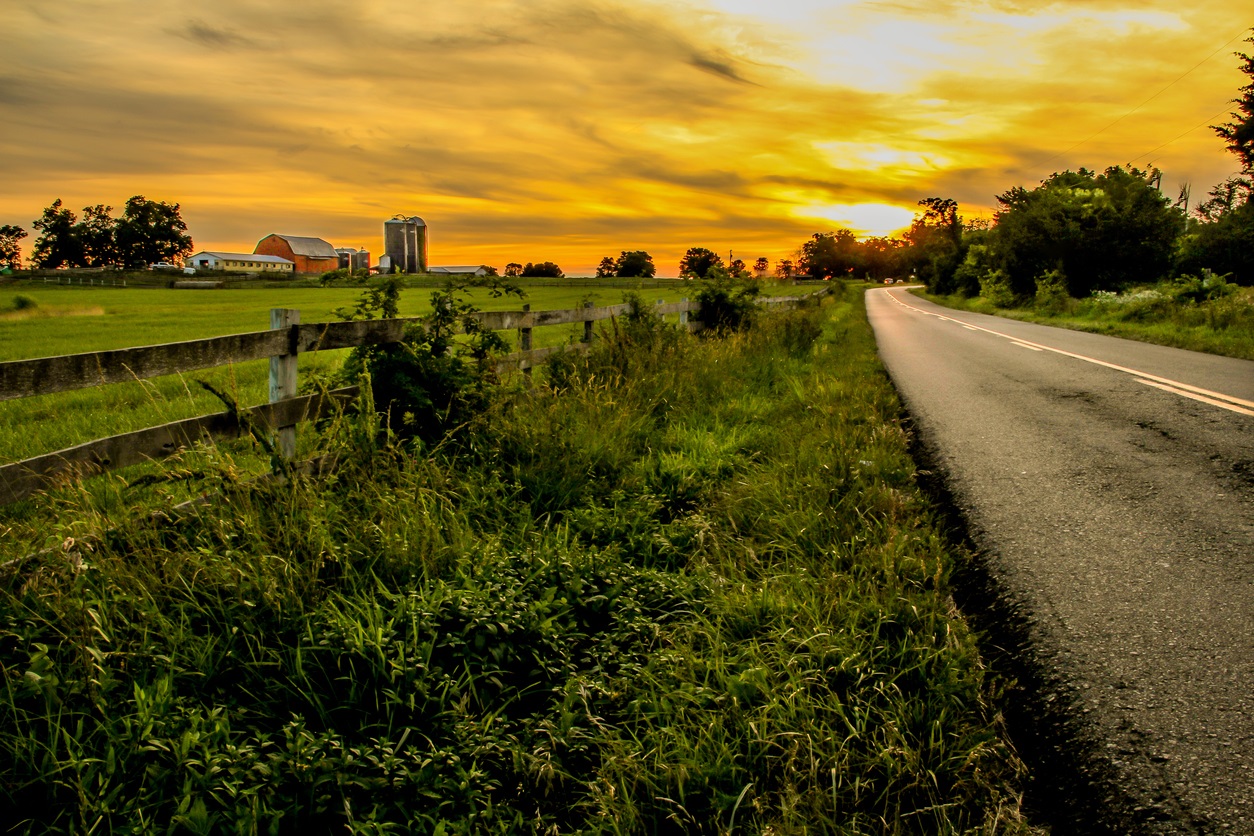
Seeding Rural Opportunity
Seeding Rural Opportunity
An innovative public-private partnership between the federal government and leading foundations gave birth to Uplift America. Together, they're targeting persistent rural poverty by supporting local lenders and the rural communities they serve.
Rural America boasts vast and meaningful assets: rich natural resources, patchworks of unique cultural traditions and millions of proud people with local expertise, passion and skills. Smart, sustained investment can ignite its potential, but for decades, too many of our rural communities have suffered the opposite: underinvestment, decaying infrastructure, inadequate public services and outright neglect. Municipalities find themselves stretched so thin, they’re forced to cut basic services like sewage systems, schools and clean water. Worse, an estimated one in four rural children lives in poverty, and that number jumps to one in three or higher across much of the rural South, where the Mary Reynolds Babcock Foundation supports organizations working to address these challenges.
It doesn’t help that rural communities receive a disproportionately small share of philanthropic dollars. When U.S. Department of Agriculture economists analyzed grants from 1,400 of the largest foundations from 2005 to 2010, they concluded just 5.5 to 7.5 percent of that support benefits rural counties, even though 19 percent of Americans live there.
Researchers also found rural grantmaking favors counties with already well-funded nonprofits who have the capacity to court foundation support, creating what they called “circularity” in the process of community development. In other words, funds are needed to develop local capacity, but that capacity is needed to raise funds. This circularity “may be at the root of problems of persistent poverty in some rural areas,” they wrote.
Seven private foundations – Bank of America, Ford, Heron, JP Morgan Chase, Northwest Area, Winthrop Rockefeller and our own – contributed to the $22 million grant pool. Bank of America stepped forward to guarantee up to $500 million in loans.
USDA has a program designed to help rural communities address their infrastructure needs. The Community Facilities Loan Program provides affordable funding for “community facilities” – public goods like educational services, health care institutions, municipal buildings, child care centers, local food systems, and fire and police departments. Community development organizations have the knowledge and relationships to move those kinds of projects but can lack the capacity to meet rigorous qualifications for federal loans. In recent years, hundreds of millions of USDA dollars earmarked for rural areas were in danger of going untapped. Lisa Mensah, then Under Secretary for Rural Development, devised a creative solution to remove barriers and leverage existing expertise to target capital to areas that need it most. To make it easier to access community facilities funds, she proposed amending federal rules to allow the Community Facilities Loan Program to lend to community development organizations who could then re-lend for projects that qualify as community facilities.
The Community Facilities Relending Program was born, and a unique new partnership called Uplift America began to take shape to help local lenders attract as much funding as possible. Under the plan, philanthropy and banks would help these mission-driven financial institutions qualify for the loans. Private grants would offer the organizations two ways to attract more federal dollars: net-asset assistance to boost their balance sheets and meet the threshold for borrowing from USDA, or capital to ramp up staffing, provide technical assistance and meet other needs to support the projects. Bank guarantees would dramatically reduce the lending risk to USDA.
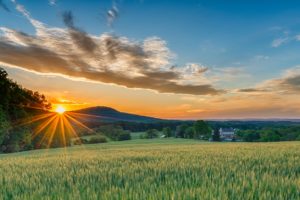
A group of rural development practitioners, government partners and private funders spent months ironing out the details of Uplift America. Given the Mary Reynolds Babcock Foundation’s experience making grants and investing in community development lenders in low-wealth, rural areas, Mensah and the other community development experts creating the partnership asked us to host the grant pool – the Uplift America Fund – and serve as grants manager, reviewing applications and distributing funds to qualifying lenders.
We knew it would be a heavy lift. We also knew it was a challenge worth accepting, and Mensah’s plan sounded just brilliant enough to work. We identified potential philanthropic partners, then delivered several presentations and held one-on-one conversations about the need and opportunity. Seven private foundations – Bank of America, Ford, Heron, JP Morgan Chase, Northwest Area, Winthrop Rockefeller and our own – contributed to the $22 million grant pool. Bank of America stepped forward to guarantee up to $500 million in loans.
Thanks to this mix of financial ingredients, USDA was able to make available $401 million in low-interest (2.75%) loans to local lenders, who have five years to redeploy the funds for community facilities projects and 40 years to repay USDA. The lenders are community development financial institutions (CDFIs) with track records of serving isolated, economically distressed areas. As of June 2018, the 20 CDFIs participating in Uplift have 100 projects in the pipeline to invigorate low-wealth communities across the country. Many of them are detailed in the first Uplift America Progress Report, released this month.
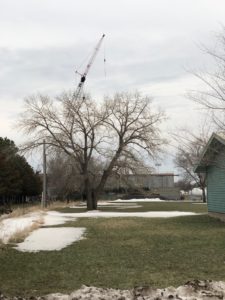
In the persistently poor and largely Native American community of Lake Andes, South Dakota, two community lenders — Dakota Resources and Rural Electric Economic Development, Inc. — teamed up to finance a new public school campus. Construction is projected to be completed by early 2019.
Prosperity Now, a Washington-based organization that promotes economic opportunity, helped guide the initiative’s design and implementation and now tracks Uplift’s impacts on local lenders and the rural communities they serve. Its president, Andrea Levere, says this kind of collaboration is uniquely suited for the specific challenges of rural America. “When Prosperity Now convened focus groups in areas of persistent poverty to gain insight into their unmet needs, many common challenges came to light: insufficient private investment, substandard infrastructure, poor education and substance abuse, among others,” she says. And because there’s no simple, one-size-fits-all solution to persistent poverty, Uplift America’s approach is effective. “Each Uplift partner—government, foundations, banks and CDFIs—has something unique to offer, and by combining our strengths, we can create new opportunity in rural communities,” Levere notes.
One participant is HOPE, a CDFI dedicated to strengthening communities, building assets and improving lives in the Mid-South. With a $7 million loan from HOPE, the Mississippi Toughest Kids Foundation plans to open a year-round, fully accessible camp for children and adults with serious illnesses and disabilities. Located in persistently poor Copiah County, Camp Kamassa will be the state’s only fully accessible camp. During the school year, it will partner with local schools to offer environmental, cooking and gardening classes. It will also serve Louisiana and Alabama, which have few accessible recreational facilities.
“Projects like Camp Kamassa wouldn’t be possible without Uplift America,” says HOPE CEO Bill Bynum. “The partnership equips CDFIs to make more investments that create opportunity ladders like jobs, education and health care in America’s most capital-starved places.” HOPE is also exploring opportunities to use Uplift loans and grants to support the expansion of a general hospital and a health clinic in Mississippi.
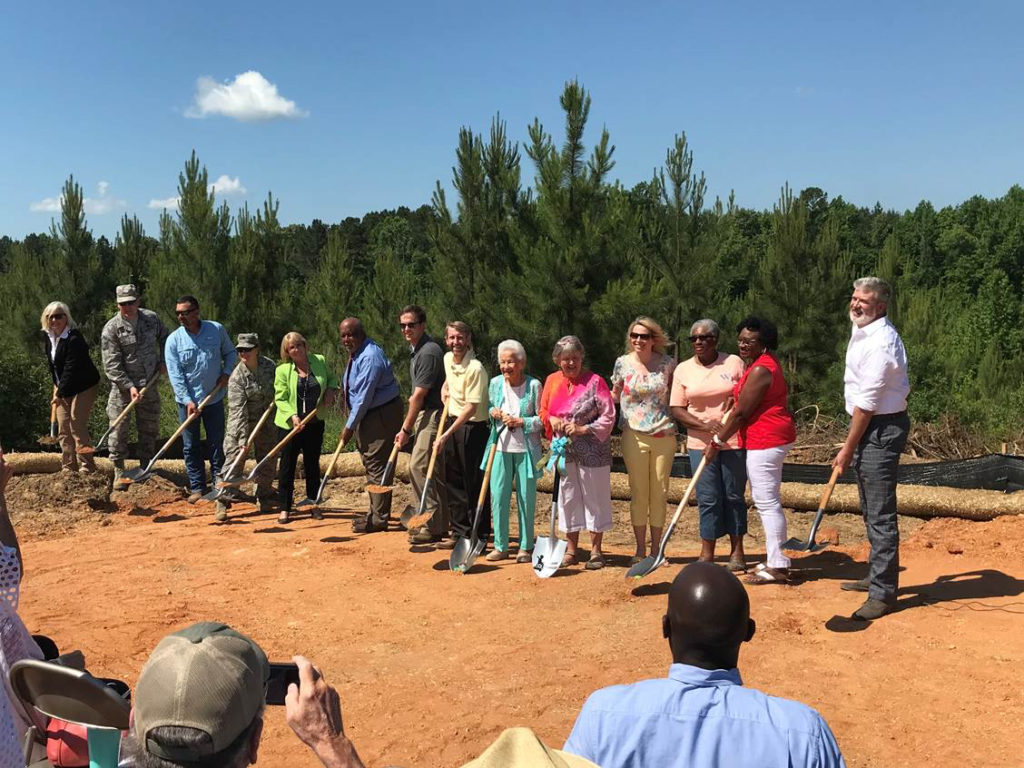
After a decade of planning, supporters broke ground in May 2018 for Camp Kamassa. The camp will serve youth and adults with special needs in Mississippi and neighboring states.
Another CDFI partnering with Uplift is the South Carolina Community Loan Fund. Thanks to more than $11 million in combined loans and grants, the Fund will be able to boost rural lending and spark much-needed projects, including a community support center in Lancaster and a high school for health professions in Orangeburg.
“The collaboration formed between the USDA, banks, foundations and community development organizations was unprecedented, and I hope we will see more programs following this model,” says CEO Michelle Mapp. “It is because of this unique partnership, and the combination of federal, private, and philanthropic funding we received, that we will be able to provide the long-term capital needed to increase access to essential services and improve quality of life in low-income, rural communities across the state.”
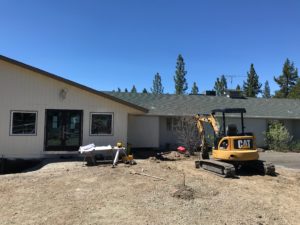
The Rural Community Assistance Corporation (RCAC) received funding to support a nonprofit health clinic in Portola, California.
Over the next five years, Uplift’s unique partnership will continue to bear fruit as local lenders identify and germinate much-needed projects. And beyond the obvious benefits it delivers to rural communities, Uplift enables CDFIs to address their communities’ specific needs while increasing their own sustainability. If it weren’t for these trusted local lenders, many of the rural communities they serve would be virtual “banking deserts,” where residents may resort to predatory lending practices. Instead, these institutions provide safe, affordable, wealth-building services and products like small-business loans, mortgages, technical assistance for entrepreneurs, financial education and much more. Strengthening these organizations strengthens the communities they serve.
The Uplift America partnership brings the public, private and nonprofit sectors together to catalyze investment in areas that have never gotten their share. We hope to see future rounds of Uplift, possibly with new partners and funding mechanisms, and we believe the initiative can serve as a template for other creative, cross-sector collaborations to increase economic opportunity, improve quality of life and begin to realize the immeasurable potential of rural America.
Susanna Hegner is the communications officer at the Mary Reynolds Babcock Foundation in Winston-Salem, North Carolina.


